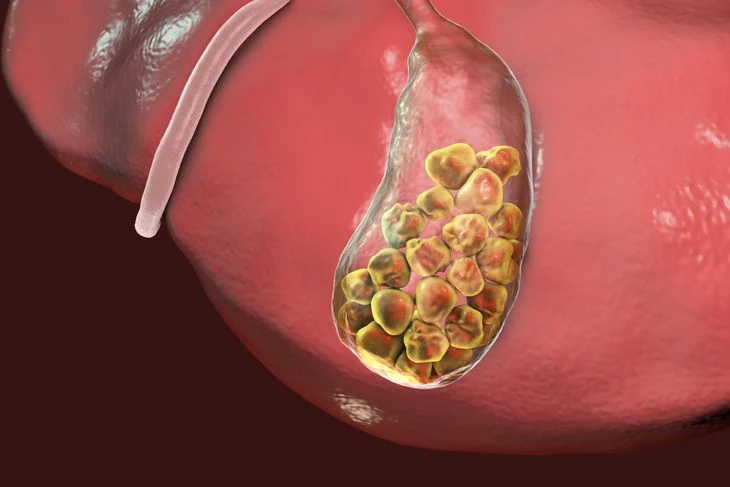
Gallbladder sludge: Symptoms, causes, and treatments
Biliary sludge, also known as microlithiasis, refers to a viscous mixture of particulate matter and bile that can form in the gallbladder. This mixture often consists of cholesterol crystals, calcium salts, and bilirubin pigment, along with other components of bile. While not solid like gallstones, biliary sludge can lead to similar symptoms and complications and is considered a precursor to the formation of gallstones.
Causes and Risk Factors
The exact cause of biliary sludge is not entirely understood, but it is believed to result from changes in the composition of bile or gallbladder motility. Factors that may contribute to the formation of biliary sludge include:
- Pregnancy: Hormonal changes can affect bile composition.
- Rapid weight loss: Especially from very low-calorie diets or after bariatric surgery.
- Certain medications: Such as ceftriaxone and octreotide.
- Prolonged fasting or total parenteral nutrition (TPN): This can decrease gallbladder motility.
- Certain medical conditions: Including some liver and biliary tract diseases.
Symptoms
Many individuals with biliary sludge experience no symptoms and may only discover its presence during imaging tests conducted for other reasons. However, when symptoms occur, they can resemble those associated with gallstones and include:
- Pain in the upper right abdomen.
- Nausea and vomiting.
- Bloating and indigestion.
If the sludge leads to blockage of the bile ducts, it can cause more serious conditions, such as pancreatitis or cholecystitis.
Diagnosis
Biliary sludge is typically diagnosed through imaging studies that visualize the gallbladder and bile ducts, including:
- Ultrasound: The most common and effective method for detecting biliary sludge.
- Magnetic Resonance Cholangiopancreatography (MRCP): A type of MRI that can provide detailed images of the biliary and pancreatic ducts.
- Endoscopic Ultrasound (EUS): Combines endoscopy and ultrasound to produce detailed images of the digestive tract and surrounding tissues and organs.
Treatment
The treatment for biliary sludge depends on the presence and severity of symptoms:
- Observation: In asymptomatic cases, no immediate treatment may be required, but monitoring is recommended.
- Medication: Ursodeoxycholic acid may be used to dissolve the sludge in some patients, although its effectiveness varies.
- Surgery: If biliary sludge causes recurrent symptoms or complications like pancreatitis, gallbladder removal (cholecystectomy) may be recommended.
Prevention and Management
Managing biliary sludge involves addressing the underlying causes and risk factors:
- Maintaining a healthy weight: Through diet and exercise, and avoiding rapid weight loss.
- Eating a balanced diet: High in fiber and low in fats.
- Monitoring during high-risk periods: Such as pregnancy or rapid weight loss programs, to detect and manage biliary sludge early.
To book online select the date and time that suits you best – alternatively, please contact us with any questions via the chat, call or email links provided.
Telephone: 020 7101 3377

